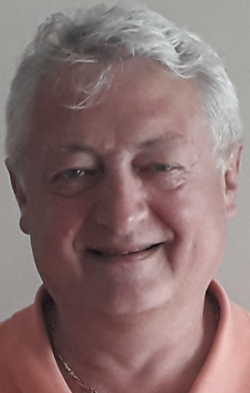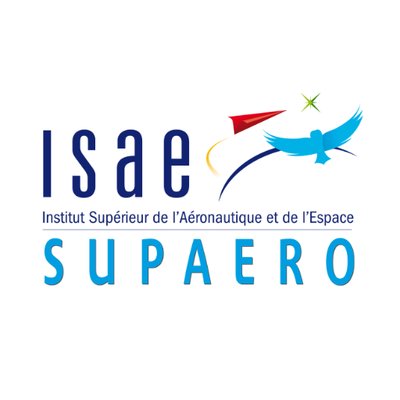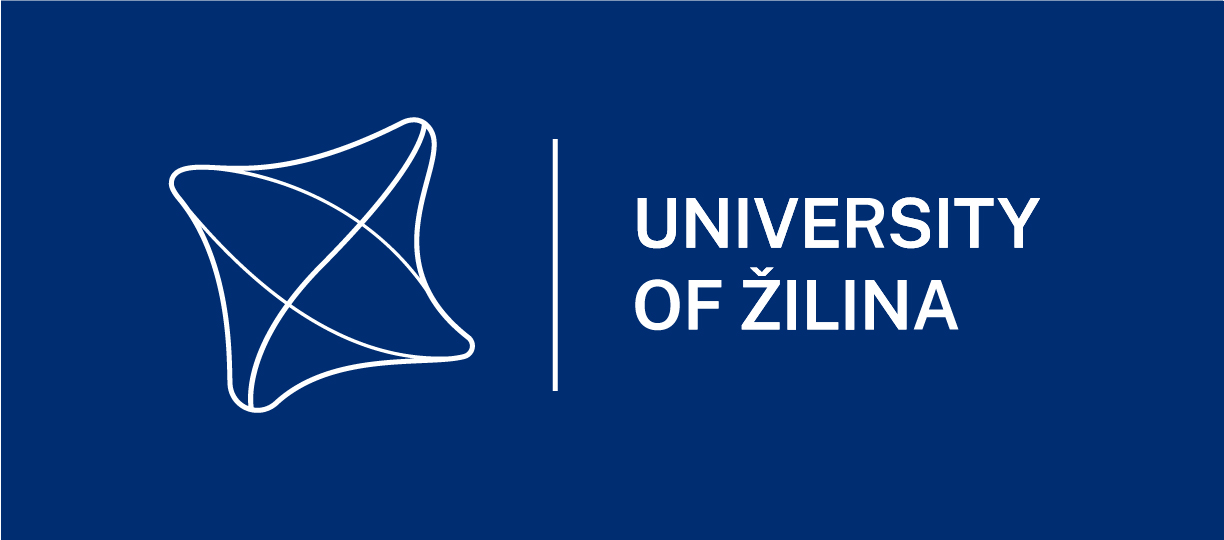Keynotes
Simulation for UAV systems: from Flight Preparation to Air Traffic Control
Abstract
Flight simulators play a vital role in the design, analysis, and preparation of complex Unmanned Aerial Vehicle (UAV) systems.
For instance, they serve as powerful and indispensable tools for developing control loops, assessing system behavior, and facilitating flight preparations. However, building
a simulation system that is matching the needs in terms of fidelity, relevance and development efforts pose a significant challenge (as they usually oppose themselves).
Moreover, integrating real-world elements into simulations adds further complexity.
Based on several examples from current and previous projects held by the research team on UAVs at Enac, this talk presents the challenges when developing Software-in-the-loop
simulators, but also the Hardware-in-the-loop case, hybrid scenarios (mixing real elements and simulation) or interconnection of simulators in the context of Unmanned Traffic
Management (UTM). Presented experiments are based on the Open-Source UAV System called Paparazzi, initiated and developed at Enac.
Curriculum Vitae
Gautier Hattenberger is an assistant-professor at the French Civil Aviation University (ENAC) in Toulouse, France. As a member of the Dynamic Systems team, he is working on flight dynamics and control of micro-UAVs, modeling and simulation, architecture of embedded systems, trajectory planing and formation flight. Most of his work is based on the Open-Source UAV system “Paparazzi”, for which he is now one of the head developer. He graduate from the French national engineering school of aeronautical construction in 2004 and received his Ph.D Degree at the Robotic department of the Laboratory for Analysis and Architecture of Systems (LAAS-CNRS, Toulouse), for his work on formation flight control and planing of UAVs in 2008. Recent national and European projects he was involved in includes the study of the cloud evolution (ANR - Nephelae), the mapping of fire plumes (ANR - Panache), the development of a framework for safe and autonomous drones (ECSEL JU - Comp4Drones), the deployment of fleet of drones (Région Occitanie - Colonised, Horizon Europe - Pantheon).

ENAC
Toulouse
France
Automated System Engineering with Artificial Intelligence
Abstract
System development cycles typically follow a V-cycle, where modelers first analyze a system specification before proposing its design. When utilizing SysML, this process predominantly involves transforming natural language (the system specification) into various structural and behavioral views employing SysML diagrams. With their proficiency in interpreting natural text and generating results in predetermined formats, Large Language Models (LLMs) could assist such development cycles. This presentation introduces a framework where LLMs can be leveraged to automatically construct both structural and behavioral SysML diagrams from system specifications. Through multiple examples, the presentation underscores the potential utility of LLMs in this context, highlighting the necessity for feeding these models with a well-defined knowledge base and an automated feedback loop for better outcomes.
Curriculum Vitae
Professor Ludovic Apvrille concluded his Ph.D. studies in the dynamic reconfiguration of embedded systems in 2002, in the scope of a collaboration between LAAS-CNRS, ISAE and Thalès Alenia Space. After completing his postdoctoral research at Concordia University in Canada, he joined LabSoC in 2003. Currently, he holds a position as a professor at Telecom Paris, in the Department of Communication and Electronics, having served as an assistant professor prior to earning his HDR (Habilitation à Diriger les Recherches) in 2012 and being promoted to a professor in 2018. His research centers around developing tools and methodologies for modeling and verifying embedded systems and Systems-on-Chip, with an emphasis on both safety and security properties. As the inventor and principal contributor to TTool, a free and open-source UML/SysML toolkit, he has made significant contributions to the field. He also serves as the team leader at LabSoC.

Telecom Paris
Paris
France
Invited Speaker
MOCSAS: A True Object Model Implementing the Multiple Inheritance of Object Composition With Fuzzy Vector Spaces Adjusting the Emergence of Attributes Properties
Abstract
Most of Object-Oriented Models (OMT and UML) are in fact not really object-oriented but Class-Oriented Models (COM) implemented with Class Languages (CL). In the eighties, the object-oriented languages are classified into three categories: classes, frames and actors languages (like ACTALK). SIMULA I, was firstly proposed by Norwegian researchers in 1965-1966 from the class language of Hoare is considered as the first object-oriented language but is in fact is really a class language (CL). Thus, SIMULA is considered to be the father of all object-oriented languages, that are in fact class languages, like Smalltalk, C++, C#, Java. Therefore, all these class languages are based on a class hierarchy and then classes allow object instantiation. The class hierarchy either provides multiple inheritance (e.g. C++) or only a simple inheritance (e.g. JAVA, with interface to simulate multiple inheritance). In class languages, class inheritance is necessary to provide polymorphism. In both cases, class-sub-class multiple inheritance can produce attribute definition inconsistencies that must be solved by hand (also called the diamond problem). In fact, all these class languages and models are not genuine object languages, directly based on the object concepts: the object-attribute (has-a) and object composition (is part of) relationships. Since 1989, we firstly proposed a genuine object model and refined it until today that differs with the current paradigm proposed by (UML). Our current model MOCSAS: Model of Object Composition and Synthesis for the Analogy Systemic provides the following innovative specifications: multiple inheritance based of attribute values and object composition, emergent properties, junction objects, Qualifier Attribute Descriptors (QAD) and time fuzzy vector spaces of the FVSOOM model presented in previous works. Junction objects provide an elegant solution to the problem of same component objects shared between two compound objects (e.g. wall adjoining two houses) and to implement connectors (e.g. electronics, neurosciences).
These specific features of our object model provide new very powerful modeling capabilities that are used for knowledge design, time and evolution modeling, decision support systems, complex system simulations of living beings behavior. Applications are already available in medicine, cognitive psychology and territorialization. The development of a new platform that implements a declarative language for knowledge designers and end-users is a current project in progress. MOCSAS is intended for the elaboration of knowledge bases and analog reasoning by computing similarity distances on complex objects.
Curriculum Vitae
Joël Colloc is a Le Havre Normandy University professor in computer sciences since 2003 and was promoted Emeritus Professor in 2022.
Joël Colloc earned his Medical PhD (MD) at the medical faculty of Lyon and a specialty degree of forensic medicine with a degree of clinical toxicology in 1985. His MD thesis proposed one pioneering French expert system concerning antibiotic prescription that took into account the patient history and clinical context, indications, contraindications, drug side effects, drug-drug interactions between antibiotics and previous prescriptions. He also received a MSc. degree of IT from the Business School of Lyon (IAE) in 1983 and a MSc. degree of computer sciences from the engineering school INSA of Lyon in 1986. He served as forensic physician at the Edouard Herriot Hospital in the neurological emergency department to cure drug addicted people, medical ethics and drug addiction database. He went on to earn his Ph.D. in computer sciences at the INSA of Lyon in 1990, that provided a new clinical object oriented model of diseases based on object composition. He was elected as associate professor in computer sciences at IAE of Lyon. He earned his ability to supervise researches in Computer Sciences from Lyon 1 University (HDR) in 2000. His today’s main researches concern complex system modeling and e-health and particularly: a temporal fuzzy vectorial spaces object oriented model (FVSOOM), multi-agent clinical decision support systems (MADSS), Case Based Reasoning in medicine, ontologies, nervous system modeling and cognitive sciences and AI applications in medicine and human sciences, chemical object oriented (CHOOM) applied to Quantitative Structure-Activity Relationship (QSAR) proposed by the Organisation for Economic Co-operation and Development (OECD). Recently he proposed a systemic object oriented approach of quantic physics (QFVSOOM).
His human sciences researches try to conciliate the ethics of using Big Data in epidemiological studies, autonomous systems and robots and keeping ethics use of AI in order to improve clinical decision in medicine while preserving the clinical patient-caregiver relationship, the privacy and the freewill choice of the patients, the medical deontology to control telemedicine applications and autonomous medical chatbots and robots applied in healthcare.

Université of Le Havre
Le Havre,France





